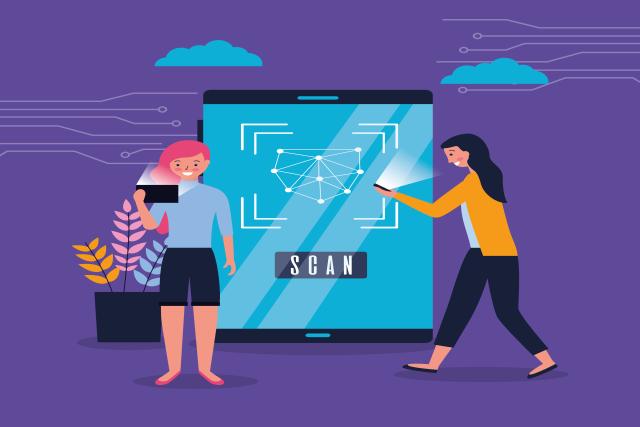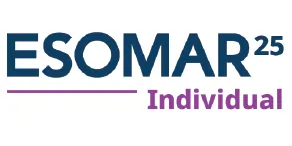
3D scanning is widely used in the preservation of ancient artifacts and historic sites. To get more insights on the future of the global 3D scanning industry kindly visit the page published by Coherent Market Insights.
In What Ways Did 3D Scanning is Changing Archaeology
3D scanning can capture detailed and accurate digital models of the environment and objects and the environments. These models are being used to digitally preserve artifacts and historical sites. It allows the researcher and the public to interact with heritage is impossible.
Archaeological Preservation via 3D Technology
3D scanning technology allows for the analysis and restoration of artifacts not only to create copies. The high-resolution scanners will help the researchers examine objects in detail. It also reveals features that cannot be seen with the naked eye. This process will inform conservation efforts and help archaeologists understand how artifacts are made and how they are changed over a certain period.
Digital Preservation of Historical Sites
3D scanning technology is being used to document digitally the entire archaeological structure. The 3D scanning technology will help in scanning ruins, buildings, and entire landscapes. It creates vital models that can be explored and studied without disturbing the actual site. It is widely used in those areas that are vulnerable to climate change, human activity, and natural disasters. Archaeologists can now ensure that the physical site is lost by capturing a digital representation of a site.
Uses of 3D Scanning in Cultural Heritage
Cultural heritage is not only about saving the past, it is about understanding the connection between different cultures. It provides a new way in which people can interact with history. The use of 3D scanning in cultural heritage is beyond archaeology. It is widely used in cultural institutions, galleries, and museums to create interactive exhibits. It also helps in enhancing the visitor experience by providing an immersive look at artifacts and historical sites.
Challenges of 3D Scanning in Archaeology
These are some limitations of 3D scanning in the field of archaeology:
- Accuracy and Detail: 3D scanning is highly accurate and achieving a level of precision for some artifacts will become challenging.
- Data Storage and Management: A large data set required storage and management solution that is considered a logistical challenge.
Preserving Ancient Artifacts with 3D Scanning
The most important benefit of 3D scanning in archaeology is its ability to create digital copies of fragile and rare artifacts. With the help of scanning objects such as sculpture, pottery, bones, and archaeologists can create a 3D model. This model can be shared and studied without risking damage to the originals. This new technology allows artifacts to be stored digitally. It ensure that it can be preserved for future generations, even in case of physical objects they deteriorate over time.
The Future of 3D Scanning in Archaeology
3D scanning plays a crucial role in the preservation of archaeological structures. Technological advancement in 3D scanning involves high-resolution scanners, integration of AR and VR, and more affordable scanners. These advancement made in the 3D scanning ensures that the cultural heritage remains intact with upcoming centuries.






